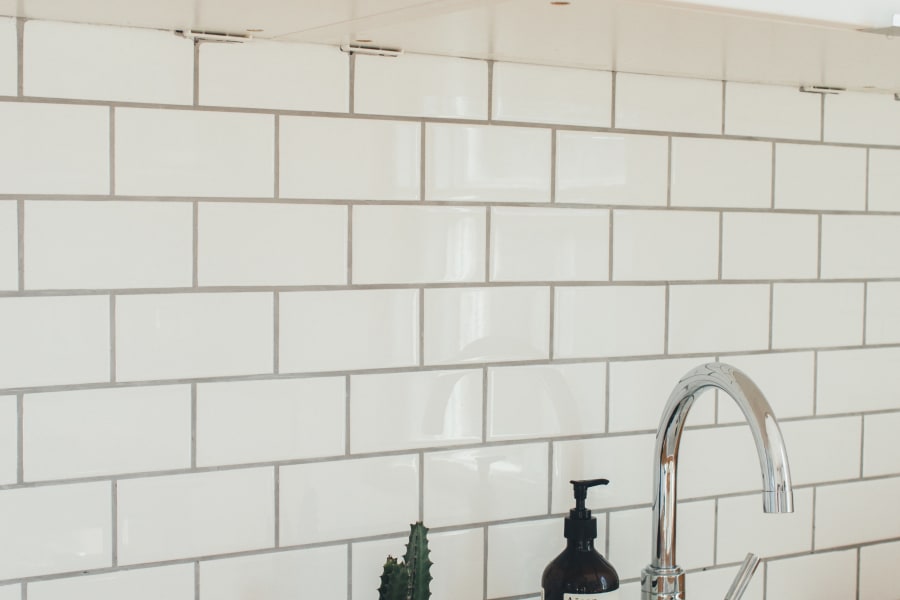Grout is the unsung hero in the design world. It can be used in all kinds of tile projects and sometimes can be as important as the tiles themselves. It comes in all different textures and many colors so the possibilities really are endless. After years of wear and tear, tiles can use a little facelift. Once you notice that your grout seems to be separating, cracking or crumbling, then it’s time to re-grout.
Grout can turn grungy and ugly looking over time as well. It only becomes a serious problem if water or grit is allowed between the joints of the tile that the grout seals. The good news is that you usually don’t have to remove all of the old grout when you are trying to do repairs. Regrouting is a task that almost any homeowner can accomplish. Time and patience to remove some of the old grout and allow clean grout to bond to the surface is key to doing a job that makes your tiled space look like new. Since you don’t need to remove all the grout, or really even most of it, but removing the dirty grout on the surface gives the new grout something to bond to. Grout is primarily just cement.
Taking the time to add new grout can help give your space a whole new look. It can go from old and drab looking to new and fresh and more functional overall. New grout can make a surface more water-resistant and impervious to impurities wreaking havoc in the joints between loose tiles. One important rule is to make sure you use the same type of grout to put over the old grout or one that will adhere nicely to it. Otherwise, you will have to most likely redo the entire project again in a mere matter of months.
So how do you go about re-grouting a space in your home? You should come back here next week to find out

-
2 mins







